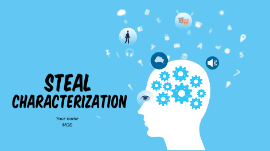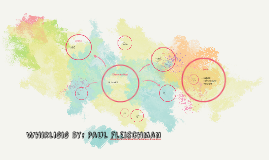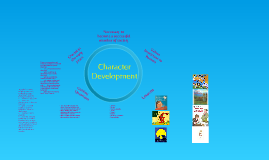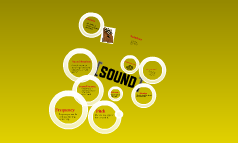Character Development
Transcript: Conrad Influences Before the 1950’s, teenagers listened to the music of their parents, but when rock and roll came on the scene teens swarmed to it. Even though teens were able to purchase rock and roll records because they were receiving extra spending money, their parents were opposed to rock and roll music, they despised it, and thought of it as corrupting their children. This sometimes caused friction, it seemed as if teenagers were becoming more rebellious, defensive, and at times, disrespectful, and that listening to rock and roll was the root cause of all this rebellion. However, this belief was often exaggerated because parents didn’t understand the newfound independence and freedom that they never experienced. Yet, rock and roll was something new and parents thought it was shocking and terrible. They felt if their children were listening to this dreadful music that the end must be right around the corner. Although, this wasn’t the case in every household it was in a large number of them. Because parents had never experienced this they thought their children were doomed never realizing it was just a phase and it would be over with once the teen reached adulthood. Later on this clash became known as the generation gap. Nevertheless, with the help of adults, radio, rock shows, concerts, and TV shows like American Bandstand opened doors for teens in the 1950’s to experience things teenagers of the past never experienced. Despite all of the uproar, teenagers in the 1950’s played a huge part in the rise of rock and roll music. Army Life Propaganda played an important role before and throughout World War II. Propaganda helped accelerate the development of the war and hastened actually fighting. It also played a crucial role in individual countries in increasing production and helping the war effort. Without propaganda, it is doubtless that the war would have taken a different course. Addiction's at the beginning of the 1950s, marijuana was legal in most places, and LSD wasn't 'invented' until the late 50s or early 60's. The drug craze of the late 50s and 60s was fueled in part by the desire to be free and different and in part by the restricting forces brought to bear by concerned parents and the government. Drugs were an escape from reality and gave an intense sense of control over reality. Hair I realised my hair type wasnt the same as the generic 'Conrads' wouldve been, so on my search for solution I came across Janelle Monae a rock/soul singer, she has a way of doing her afro-carribbean hair that mimics the mens hairstyle of that time. The Fame Chuck Berry Fats Domino The Everly Brothers Johnny Cash

















